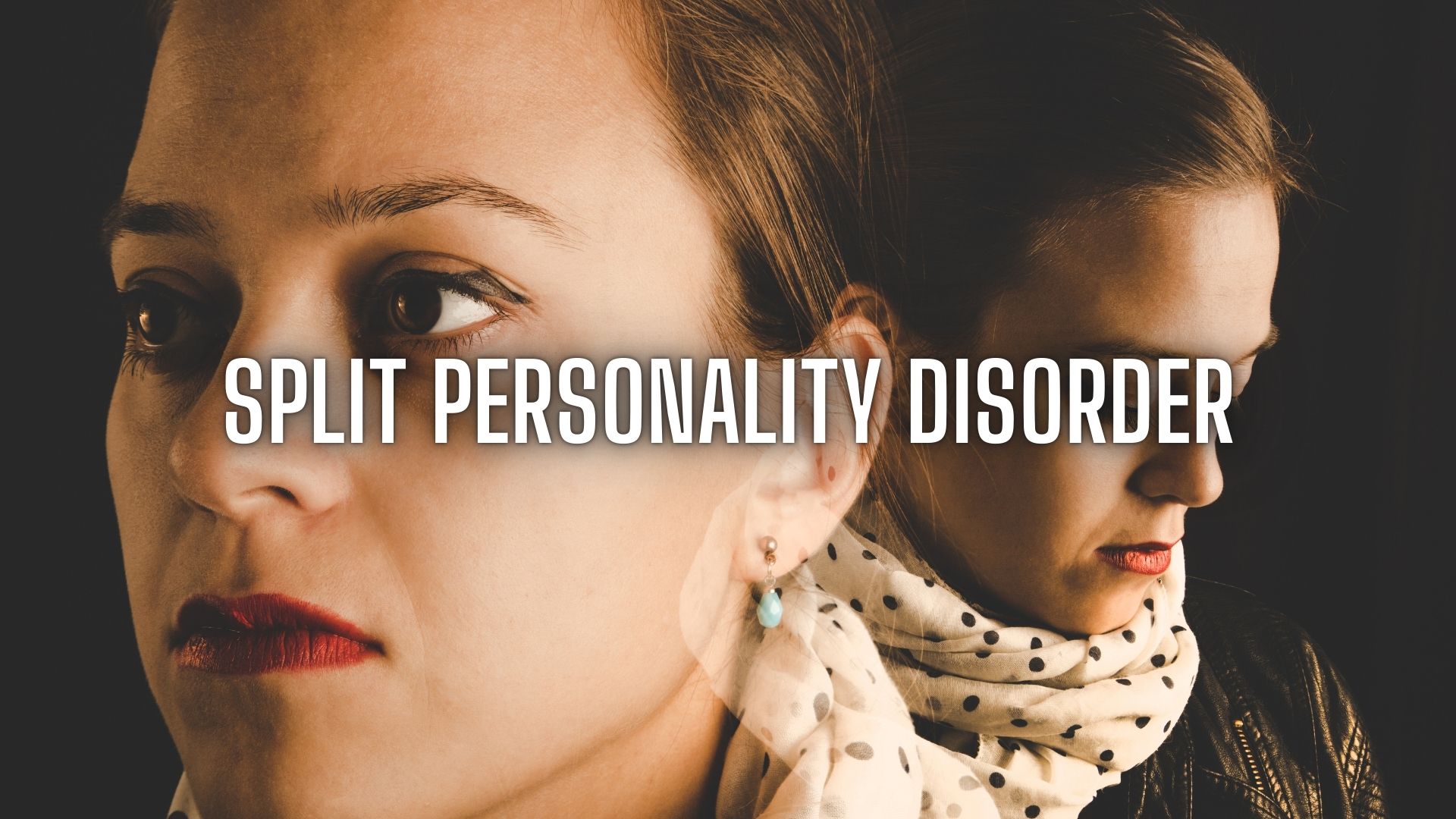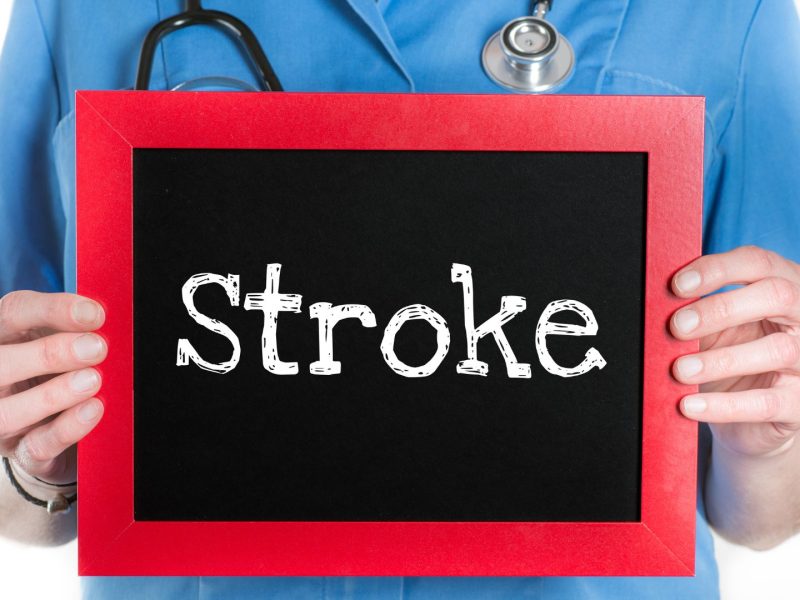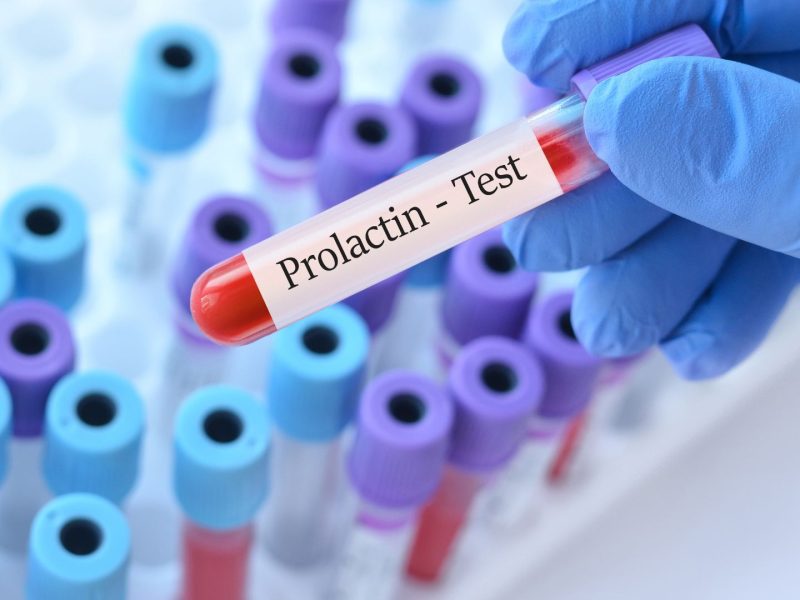Have you ever wondered what it’s really like to live with multiple identities within one mind? Today, let’s dive deep into what many people know as “Split Personality Disorder” – a fascinating but often misunderstood mental health condition that affects thousands of Americans.
What We Actually Mean by “Split Personality Disorder”
First things first: the term “Split Personality Disorder” is actually outdated. Mental health professionals now refer to this condition as Dissociative Identity Disorder (DID). This name change reflects our growing understanding of how the condition actually works – it’s not about a personality splitting, but rather about multiple distinct identities existing within one person.
The Reality Behind Multiple Identities
Think of DID as an intricate coping mechanism that develops in response to severe trauma, usually during childhood. It’s like the mind creating different “rooms” to store overwhelming experiences, each with its own keeper – these keepers become what we call “alters” or alternate identities.
The Signs and Symptoms You Should Know About
Living with DID isn’t like what you see in movies. The signs are often subtle and complex:
Memory Gaps and Time Loss
Imagine waking up in a different place with no memory of how you got there, or finding clothes in your closet you don’t remember buying. These “lost time” episodes are common in people with DID.
Identity Switches
These transitions between different alters can be subtle or dramatic. Each alter might have their own:
- Voice and speech patterns
- Personal preferences
- Age and gender identity
- Skills and knowledge
- Emotional responses
Physical Symptoms
Many people with DID experience:
- Unexplained headaches
- Body memories (physical sensations tied to past trauma)
- Different handwriting styles
- Varying allergies or medical needs between alters
The Science Behind DID
Recent brain imaging studies have shown fascinating differences in how the brains of people with DID process information. These studies reveal distinct patterns of neural activity when different alters are present, suggesting that this condition has very real biological components.
How Does Someone Develop DID?
The development of DID typically involves:
- Severe childhood trauma (often before age 9)
- Lack of proper emotional support during crucial developmental stages
- The mind’s remarkable ability to compartmentalize experiences
Living with DID: Real-World Challenges
Daily Life Management
People with DID often struggle with:
- Maintaining consistent relationships
- Holding steady employment
- Managing shared responsibilities between alters
- Dealing with time loss and schedule disruptions
The Social Impact
Living with DID in today’s world presents unique challenges:
- Explaining the condition to friends and family
- Navigating workplace situations
- Managing social media presence
- Maintaining consistent personal relationships
Treatment Approaches That Actually Work
Therapeutic Options
Modern treatment for DID typically includes:
- Trauma-focused psychotherapy
- EMDR (Eye Movement Desensitization and Reprocessing)
- Internal family systems therapy
- Art and expressive therapies
Self-Help Strategies
People with DID often benefit from:
- Keeping a detailed journal
- Using calendar apps and reminders
- Creating communication systems between alters
- Practicing grounding techniques
Common Misconceptions vs. Reality
Let’s bust some myths:
Myth: DID is extremely rare
Reality: Studies suggest it affects about 1-1.5% of the population – similar to red hair!
Myth: People with DID are dangerous
Reality: Those with DID are no more violent than the general population and are actually more likely to be victims of abuse.
Myth: DID is just acting or attention-seeking
Reality: DID is a well-documented mental health condition with clear neurological markers.
Supporting Someone with DID
If someone you know has DID, here’s how to help:
- Learn about the condition from reliable sources
- Respect their different alters
- Be patient with memory gaps
- Offer consistent support
- Help maintain routines and structure
Moving Forward: Hope and Healing
Living with DID is challenging, but recovery and management are possible. With proper treatment, many people with DID learn to:
- Improve communication between alters
- Reduce dissociative episodes
- Process past trauma
- Build stronger relationships
- Lead fulfilling lives
The Path Forward
Understanding DID reveals the remarkable complexity of the human mind and its capacity for survival. This condition, while challenging, can be effectively managed with proper support and treatment. The journey to healing begins with awareness, continues with professional help, and leads to a life of better understanding and management of the condition.



